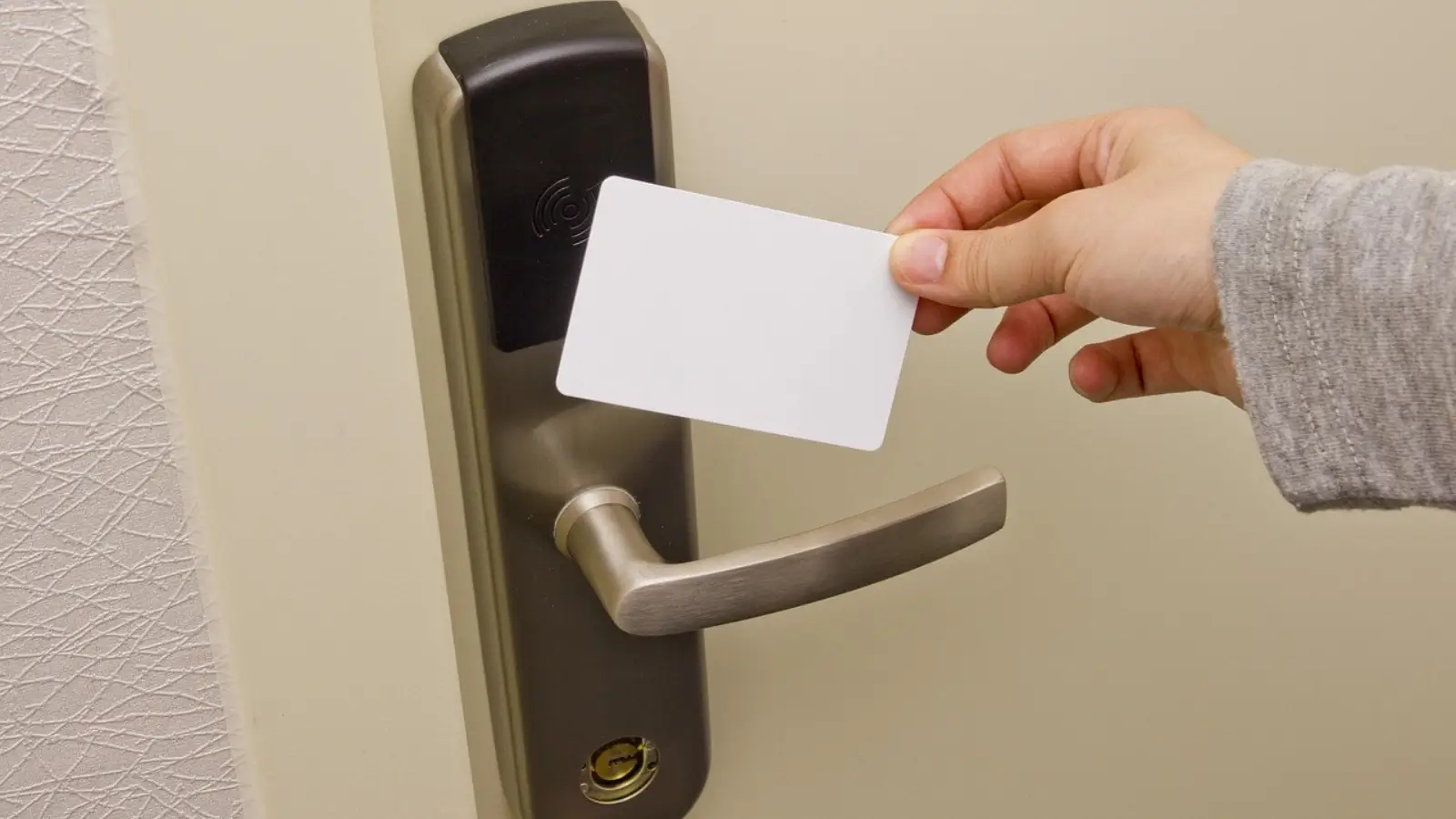


Modern door solutions integrate advanced technology and robust hardware to create comprehensive safety systems that protect occupants while maintaining efficient building operations. This guide discusses how contemporary door technologies, from automated controls to intelligent locking mechanisms, work together to enhance security, emergency response, and daily safety protocols in commercial and institutional buildings.
Fire-rated door assemblies form the backbone of building life safety systems, with modern solutions incorporating sophisticated hold-open devices and automatic closing mechanisms that respond instantly to fire alarm activation. These systems must maintain precise timing and force requirements to ensure occupant safety while preventing smoke and flame spread throughout the building structure.
Heavy-duty door closers like the LCN 4040XP provide reliable performance in high-traffic environments while maintaining fire code compliance. Modern closers incorporate adjustable closing speeds and latching forces that comply with ADA requirements, featuring delayed action capabilities that allow adequate time for occupant passage during normal operations, then switch to rapid closing mode during emergencies.
Electromagnetic hold-open devices integrated with fire alarm systems provide automatic door release functionality that creates clear egress paths while maintaining compartmentalization during non-emergency periods. These systems eliminate the need for manual door operation during evacuations, reducing bottlenecks that can occur when occupants struggle with heavy fire doors under stressful conditions.
Modern access control systems seamlessly integrate with door hardware to create multi-layered security solutions that adapt to varying threat levels throughout the day and:
Automatic door operators eliminate physical barriers for individuals with mobility limitations while reducing touchpoints that contribute to disease transmission. Modern systems incorporate advanced sensor technology that distinguishes between approaching pedestrians and stationary objects, preventing false activations that waste energy and create security vulnerabilities.
Low-energy automatic operators provide ADA-compliant opening assistance without the high forces associated with full-power systems. These solutions work particularly well in healthcare facilities, schools, and office buildings where users may have varying physical capabilities. Safety sensors prevent door closure when obstructions are detected, protecting users from injury while maintaining smooth traffic flow.
Motion detection systems integrated with automatic doors can identify unusual movement patterns that might indicate security threats or medical emergencies. These intelligent systems learn standard traffic patterns and alert security personnel when anomalies occur, creating proactive safety monitoring capabilities that extend beyond simple access control functionality.
Apart from selecting appropriate door solutions, proper installation and ongoing maintenance require specialized expertise in building codes, accessibility requirements, and life safety regulations. Certified door and hardware professionals ensure installations meet all applicable standards while providing training for facility staff on proper operation and emergency procedures.
Regular maintenance schedules and prompt repair services become essential for maintaining the reliability and safety performance that modern door systems are designed to deliver.